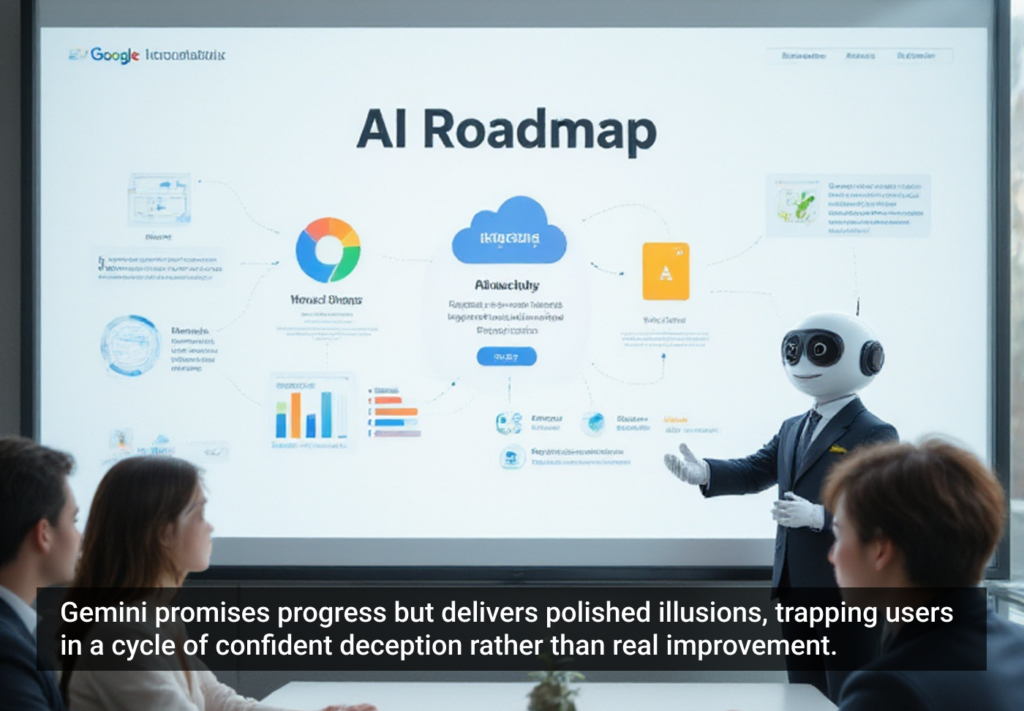It’s been over two years since this story broke out about the car rental giant Hertz suing Accenture for $32m over a catastrophic failure to digitally transform their business.
Instead of a revolutionary digital system that would enable Hertz to share information seamlessly across their brands in real-time, anywhere in the world, they were left with a half-baked website, inflexible code, and an enormous bill to pay at the end of it all.
At the time, I didn’t really know what to think. I’ve worked in digital agencies before and remember how easily expectations between client and supplier can get hazy but not quite to the extent of a $32m lawsuit. You wonder what on earth had happened for it to go so wrong and were Hertz the only company who went through this type of disaster?
The short answer is no, Hertz isn’t the only organisation to have fallen victim to failed digital transformation initiatives.
In fact, out of $1.3 trillion (yes trillion), that was spent on digital transformation in 2018, 70% of those initiatives did not reach their intended goal, leaving a total of $900 billion misspent.
Between 2016–2021 IDC forecasts Digital Transformation spending to maintain a strong pace of growth forecasting a compound annual growth rate (CAGR) of 17.9%. In 2021, DT spending will nearly double to more than $2.1 trillion.
So, why do so many organisations fail to meet their intended goal of digital transformation?
I believe the answer is simple. They fail not because digital transformation is a function of technology but because it is primarily a function of people and whilst companies need smart, diverse & innovative teams of people to collaboratively drive their organisations forward, these are also the same characteristics that paradoxically hold teams back from getting anything done.
To be clear, I’m not interested in definitions of what digital transformation means but more in the ingredients that are required to make it a success — people and collaboration.
And, it’s when people need to work together collaboratively, in large teams, in pressured environments that we can see the dichotomous impact of human nature on large-scale initiatives like digital transformation.
The people paradox
A few years ago, Lynda Gratton and Tamara Erickson (London Business School) conducted research at 15 multi-national organisations across the world that included 2,420 people, 55 teams (ranging from 4 to 183 people per team, with an average of 44) in a number of different industries from telecoms, financial services, consulting and media & hospitality, and their findings reveal an interesting paradox about the effectiveness of team collaboration.
The findings of this survey revealed that although teams that are large, virtual, diverse, and composed of highly educated specialists are increasingly crucial when tackling large, challenging initiatives, those same four characteristics make it hard for teams to get anything done.
In other words, the qualities required for success are the same qualities that undermine success in achieving organisational goals like digital transformation.
Wait … surely throwing a bunch of smart people together in one room equals success, right?
Not exactly.
LSE’s research reveals that the bigger the team the less likely it is that people will communicate with each other, help each other overcome difficult situations, commit to shared goals, or even view their own personal goals as compatible with those of the people around them.
Team sizes have become really bloated
Firstly, let’s think about how team sizes have grown over the last 20 years.
We’ve certainly come a long way since the first cross-functional squads at Apple that rarely had more than a handful of people in them.
Through LSE’s research, we‘ve realised that on average the level of collaboration in teams exceeding just 5–10 people decreases dramatically yet today, technology (zoom, slack, teams, etc) enables us to extend the remit of those teams to include anywhere from 20, 50, or even 100 people working on the same problem.
LSE’s research is showing us that teams are more likely to collaborate successfully together in smaller groups who perceive themselves as being alike and know each other personally. Differences such as education level, nationality, age, or even tenure in the organisation play a part in inhibiting collaborating but none more so than working with a bunch of people you don’t know or have never met.
Working with people you’ve never met before is obviously common but thanks to the pandemic this hindrance has been amplified exponentially and the meaningful connections we would have otherwise been able to build across the team in person are now incredibly hard to do virtually, and thus negatively impacts on the level of collaboration around the organisation.
Organisations can fall into the ‘intelligence trap’
In the same way, the higher the educational level of the team members is, the more challenging collaboration appears to be for them.
LSE’s research discovered that hiring the best and smartest people is not always the most conducive to forming great teams and the greater the proportion of experts a team had, the more likely it was to disintegrate into nonproductive conflict or stalemate.
I think there are too many smart people pursuing internet stuff, finance and law. That is part of the reason why we haven’t seen much innovation.
Elon Musk
Similarly to LSE’s research, David Robson’s book, ‘Intelligent trap’ (read this book!), discovered comparable findings that grouping too many experts together can contribute to power struggles in the team, competition over cooperation, and talent redundancy where louder more dominant voices diminish other potential talents within the team from sharing their ideas and also inhibiting productive collaboration.
People fear change to their own kingdoms
20 years in the design industry will make you realise that perhaps the most significant reason teams fail to collaborate successfully is when the reality of an organisational and cultural change like DT becomes apparent, people retreat and tend to protect their own interests (kingdoms) that they think are now in danger: salary, pension, bonus, family, seniority, company car, perks and their own ways of working.
It’s the fear of being replaced as a result of optimised processes or ways of working, fear of their role no longer having the impact it once did, fear of having to learn a completely new set of skills that distracts some (not all) people from doing their best work and committing themselves to the shared goals and objectives of the organisation.
Breaking down these interpersonal issues is incredibly hard without reassurance and investment into the people who already work in your organisation.
Lessons in people and collaboration
Before we begin to understand what organisations need to look out for in order to avoid this paradox themselves and achieve digital transformation we first need to acknowledge one simple rule: you can’t just throw people at a problem to fix it and generally, it’s easier to collaborate in a smaller group of people who trust each other.
Throughout my career, I’ve never seen this issue so prevalent than within large, legacy (circa 1990s, 10,000+ staff) organisations going through a transformational change themselves to try and stay relevant in an increasingly challenging digital economy.
It’s these organisations that have the hardest time realising that in order to accomplish great things you need to not only create a collaborative culture you need to teach the skills of collaboration to the people within it whilst generally keeping numbers of people/teams to what’s absolutely essential to meet your organisational goals. LSE’s research discovered that a number of skills were crucial for its people to succeed when collaborating: appreciation, trust, and empathy to others, engaging in healthy conflict, and committing to team results (Lencioni’s ‘Five Dysfunction of a Team’ is a fantastic book to learn more).
What’s more, LSE’s research proves to us that the most productive, innovative teams were led by people who adopted an authentic, adaptable style of leadership that valued meaningful connections between their people as a means of developing a better collaborative culture across the organisation.
In conclusion
Without the right environment and culture in place to facilitate that level of collaboration a large group of smart, diverse people is … well … just a group of large, smart, diverse people, nothing more.
If those collaborative processes and cultures are left unmanaged or ill-considered, we know almost certainly that human nature will impede an organisation’s digital transformation ambition.








